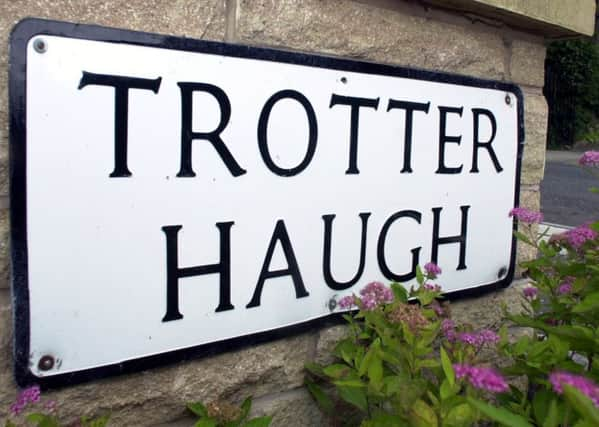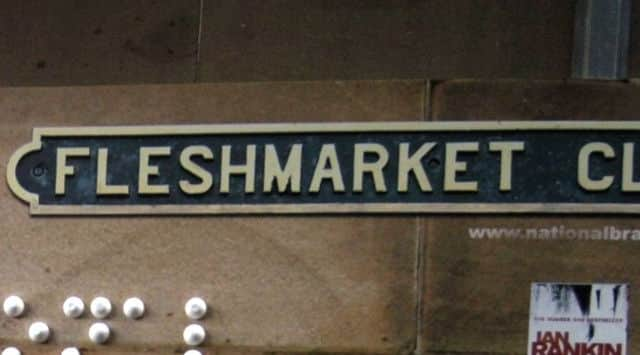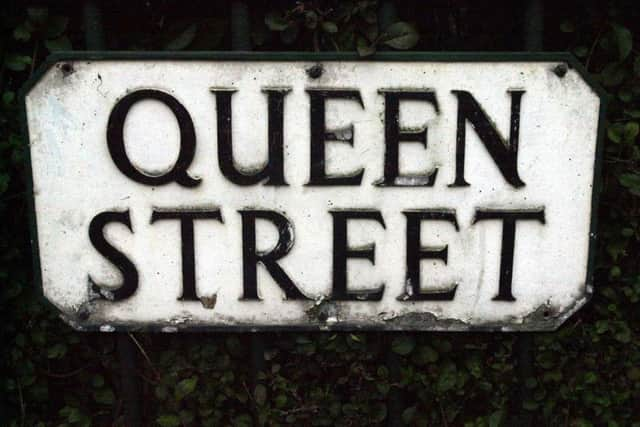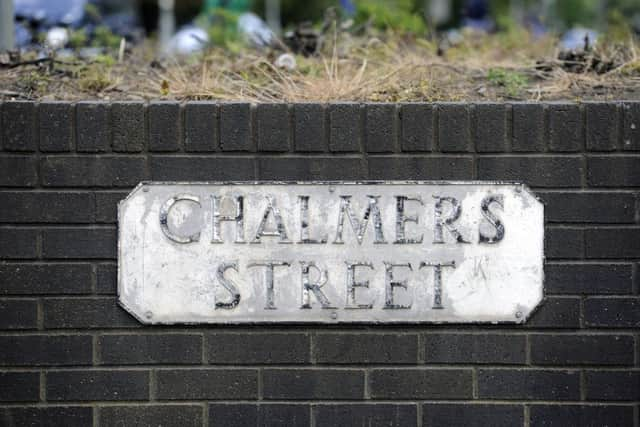How did Edinburgh streets get their names?


So who are the people immortalised in Edinburgh’s street plaques?
Many of the Capital’s oldest streetnames were inspired by tradespeople, literary characters or even fashionable resorts. Having a business or leaving a financial legacy to the city fathers was a good way of ensuring your name was never forgotten.
Advertisement
Hide AdAdvertisement
Hide AdAitchison’s Place in Portobello was named after a 19th-century sweetmaker, noted in the history books just as Mr Aitchison.


Chalmers Street, in Lauriston, was named after plumber George Chalmers, who died in 1836, leaving £30,000 for the establishment of a hospital. His trustees used the money to buy Lauriston House, which became Chalmers Hospital.
Another tradesman going by the name of Chalmers - this time 18th-century belt-maker Patrick Chalmers - was commemorated by the close that now bears his name. He was also the proud owner of a tenement in the close off the High Street, and would have been favoured by the authorities because of his role in the Trained Bands - a kind of national guard of middle class people who met for military training.
But while some of the street names seem obvious, their history may not be as clear as it seems.
Advertisement
Hide AdAdvertisement
Hide AdBrodie’s Close in the Old Town is often presumed to be named after notorious criminal Deacon Brodie, who was hanged in 1788.


In fact the close was given the Brodie name after his father Francis, who had a respectable business in the Lawnmarket.
In the Old Town, the closes were often named after the wealthiest occupant, for example Lady Stair’s Close or Tweeddale Court.
Sometimes they can give a clue about the type of trade carried out there, like Fleshmarket Close, where meat was sold, and the Lawnmarket, where linen was sold.
Advertisement
Hide AdAdvertisement
Hide AdWhile street names were also a nod to Edinburgh’s literary greatness - streets around The Inch, such as Ivanhoe Crescent, are named after characters and places in Sir Walter Scott’s novels - the ruling classes also used the naming of new areas for political leverage.


When the New Town was first built, the street names were carefully chosen to show loyalty to King George III and the Hanoverian dynasty. George Street is named after the king himself, while Charlotte Square commemorates his wife. Rose and Thistle Streets take their names from the royal emblems for England and Scotland.
For the same reasons as towns and cities are now twinned with far flung destinations, promoting prosperity was also a reason to give a new street a particular name.
Tourism chiefs in Portobello in the 1820s were so keen to attract as many visitors as possible to the town, they decided to name streets after the most fashionable resort of the era - so Brighton Crescent and Brighton Place were born.
Advertisement
Hide AdAdvertisement
Hide AdLikewise Montpelier Street in Merchiston, which dates from the same period, was most likely derived from the seaside town in the south of France, which was viewed as the very model of a genteel health resort.


Street names have not just mattered to the ruling classes - just ask some of the residents of Trotter Haugh in Morningside. They were so unhappy with their street’s perceived associations with pigs and the television comedy hero Del Boy Trotter of Only Fools and Horses fame that they battled in vain with the council to change it to Glenisla Terrace.
Edinburgh’s strict rules for street naming and re-naming - the responsibility for which falls to the council - means that only in exceptional circumstances can a street be named after a living person.
When a new street is created by development, current practice is to choose a name to strengthen the individuality of the neighbourhood. The director of city development, in consultation with the local councillor for the area is responsible for choosing a name. If agreement cannot be reached the matter is referred to the planning committee for a final decision.